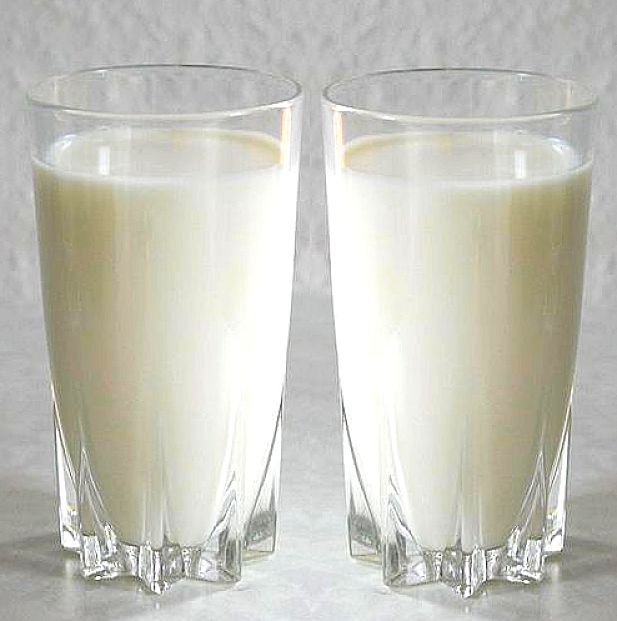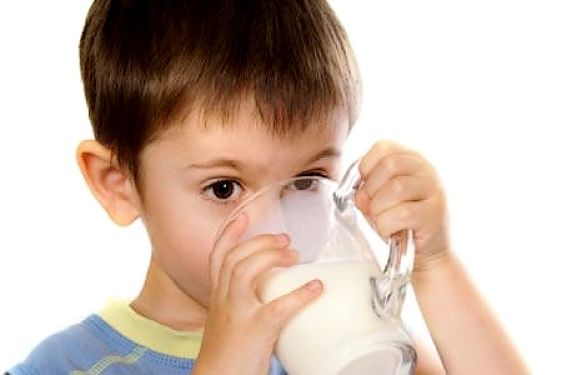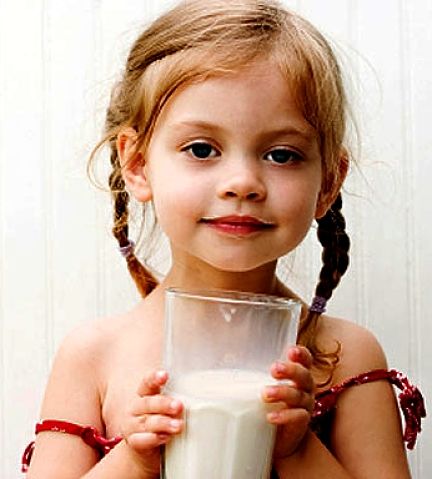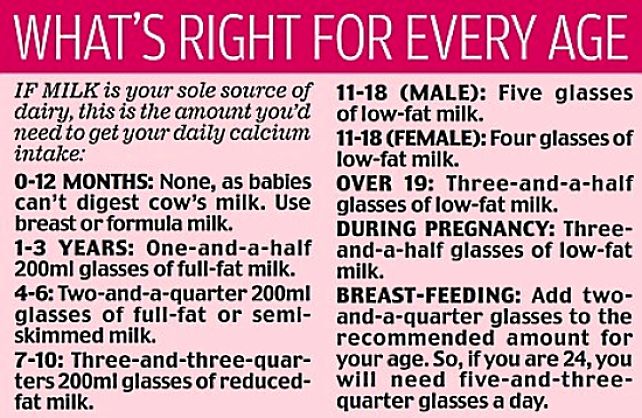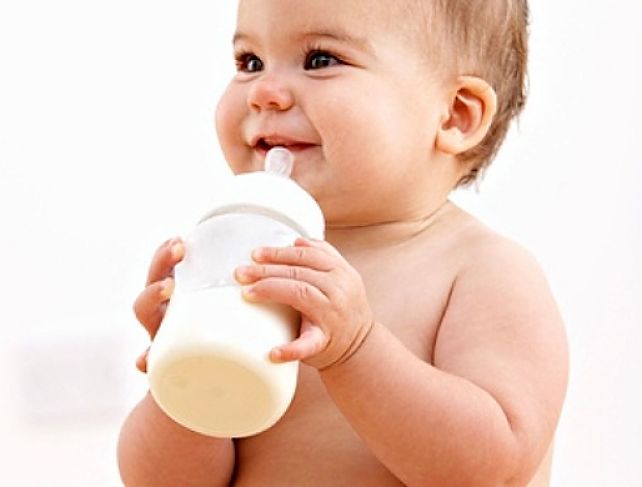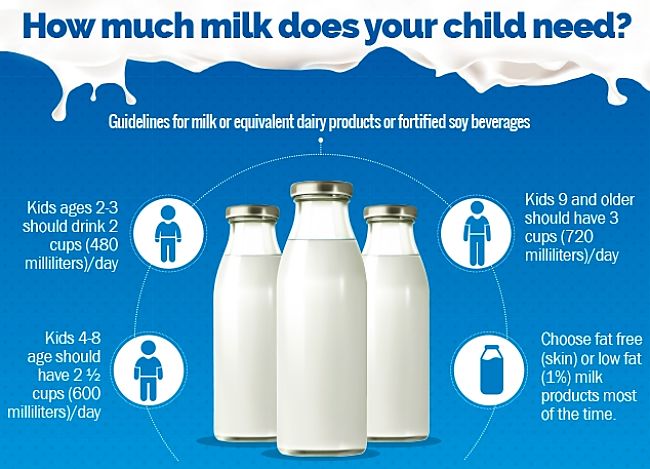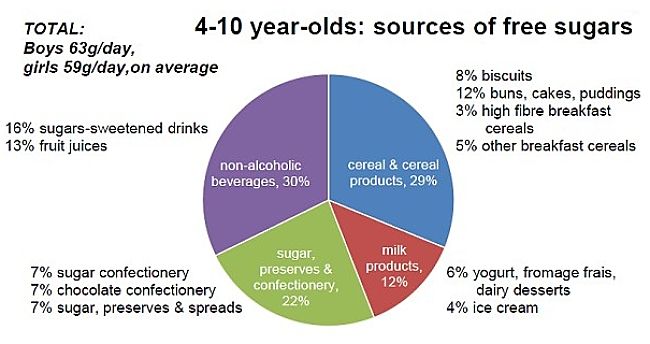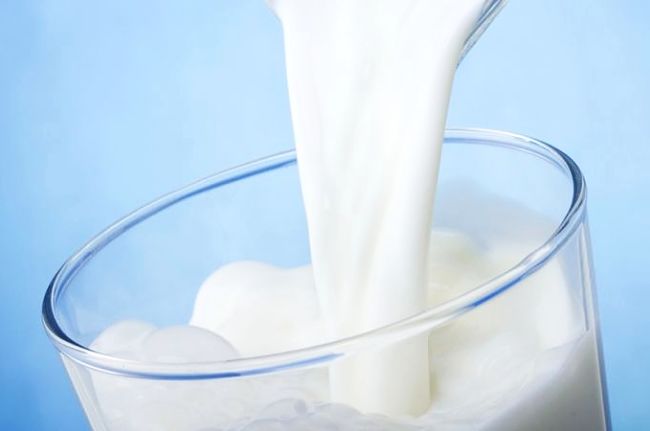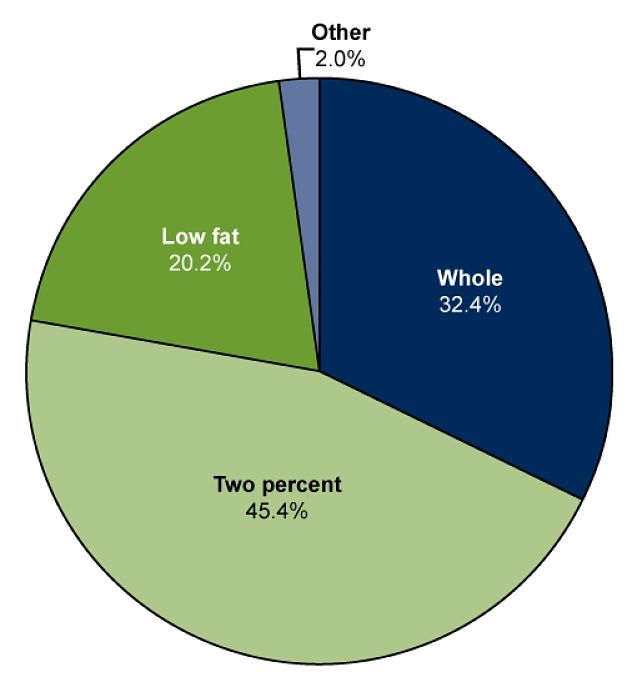Recommended Milk for Infants and Toddlers is Two Cups, No More, No Less
It appears that while milk is often promoted as essential for children to build bones and growing bodies, they can get too much.
New research conducted in Canada has shown that drinking too much milk can deplete children's iron stores and cause iron deficiency. Drinking too little milk can affect bone growth, and because milk is fortified with vitamin D, inadequate milk can trigger symptoms of Vitamin D deficiency.
So how much milk should children drink? It appears that it's a trade off, following the principle of everything in moderation, and the recommendation from the study was an optimum amount of 2 cups a day.
This article discusses how the researchers came to this conclusion and what it means for children's health.
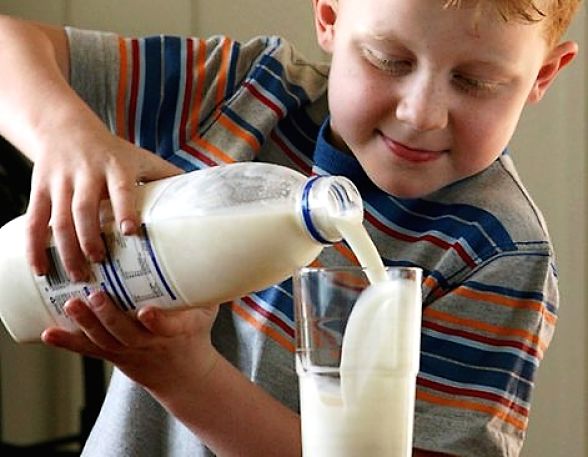
Research Findings
The aim of the study was to examine the association between how much cow's milk urban children consumed and the level of iron and vitamin D in the blood.
Iron
There has been growing concern about iron deficiency in pregnant women and infants. Iron is essential to maintain haemoglobin in the blood that caries oxygen around the body. Newly born children generally have adequate iron stores in their bodies, but as they grow they need to get adequate iron from their diets to maintain these stores.
Vitamin D
Plays an essential role in maintaining amount of phosphate and calcium in the body to sustain healthy bones and teeth. Vitamin D deficiency can cause rickets and poor bone development in children.
Generally the body can make its own vitamin D via a process that requires adequate direct exposure to sunlight. There has been an alarming increase in rickets and bone deformities in urban children who do not get enough exposure to sunlight particularly during the winter month.
This particularly applies to black children because their dark pigmentation absorbs more sunlight and inhibits the production of Vitamin D. This has led to health authorities in any countries to support the addition of vitamin D supplements to various food including cow's milk.
The study involved about 1300 children aged 2-5 years. Their Cow's milk intake was estimated by surveying the parents. Vitamin D levels in the blood of the children was measured using serum 25-hydroxyvitamin D. Iron store levels were measured by examining the level of ferritin in the blood.
Conclusions
► The study found that as the milk consumption increased the iron levels decreased and the Vitamin D levels increased.
► By examining the relationship, the researchers found that adequate and healthy Vitamin D levels and iron levels were maintained in most children who drank 2 cups of milk a day.
► The ideal amount of milk for children with darker skin pigmentation was 4 cups of milk per day. However, other vitamin D supplementation may be a better way of increasing vitamin D levels while conserving iron stores.
► Other unrelated studies have shown a drop in general milk consumption over the last 3 years. USDA data shows that in 2011 milk sales fell to their lowest levels since 1984. More than half of all adults drink no milk at all.
► Changes in consumer habits and major advertising campaign have seen milk replaced by sports drinks, bottled water, bottles teas, caffeinated soft drinks and other beverages.
Update
A recent study confirms that preschoolers who drink more than two cups of milk a day are likely to be overweight or obese. The study of almost 9,000 children found that children who drank three or more glasses of mild a day had heavier BMI (body mass index).
Trends in Milk Consumption
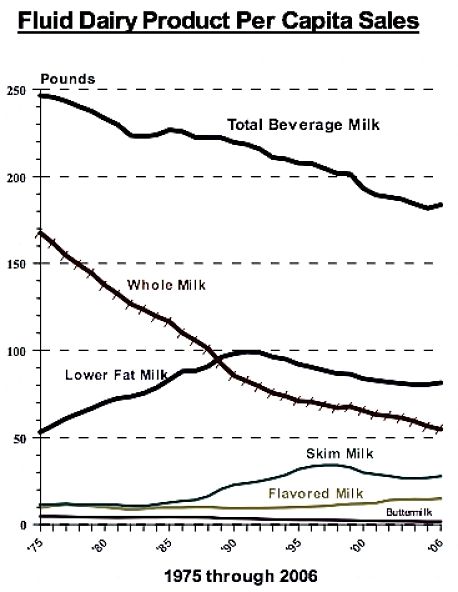
Related Articles
=> Best Lactose Free Milk Substitutes for Vegans - Remedy for Lactose Intolerance
=> Q&A Almond Milk: Best Ever Recipes, Uses and Nutrient Comparisons with Other Milks
=> How to Make French Toast - Recipes, Sweet, Savoury, Cinnamon, Milk
=> Best Healthy Baked Ziti Recipe Options, Skim Milk, Cottage Cheese
=> Do Milk and Dairy Products Increase Phlegm and Mucus Production?
=> Risotto with Milk Recipes - Savory Italian Riso al Latte
